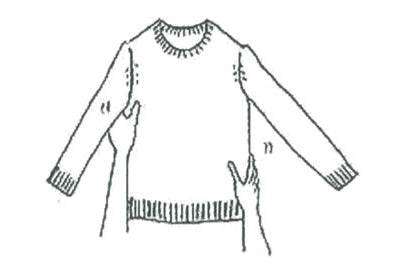Le site de production de cette manne. Fabriqué au Japon, ce qui représente désormais moins de 3 % des vêtements en circulation.

Le site de production de la manne
Fabriqué au Japon, ce qui représente désormais moins de 3 % des vêtements en circulation
On dit que l'industrie de la mode est engluée dans le processus de distribution depuis trop longtemps.
Le produit fini passe généralement de l'usine à la société commerciale, puis à l'entreprise de confection, et enfin au détaillant, qui dépense de l'argent en présentations, en publicité et autres frais.
Une autre caractéristique de ce secteur est sa longue tradition de domination commerciale, où les entreprises se livrent une concurrence acharnée sur les ventes à cycles courts, ce qui engendre une forte tendance aux prix bas et aux faibles marges. De ce fait, elles exigent des prix bas des usines sous-traitantes OEM. Il en résulte que ces usines commandent en grandes quantités et produisent plus qu'elles ne peuvent vendre, ce qui provoque d'importants stocks invendus.
Le coût de production au Japon, où les prix et les salaires sont plus élevés que dans les pays en développement, est devenu prohibitif. Cette situation a contraint de nombreuses entreprises du secteur textile à externaliser leur production vers des usines à l'étranger, où les coûts sont moindres, ou à délocaliser leurs usines, entraînant la fermeture de nombreuses usines locales. La part des vêtements fabriqués au Japon représente désormais moins de 3 %. Les artisans perdent leur emploi et le savoir-faire artisanal, fruit d'années d'expérience, se perd. L'industrie manufacturière japonaise est dans une situation critique.
On dit que le tricot est une espèce en voie de disparition, mais nous devons tout faire pour perpétuer ce précieux savoir-faire transmis par nos prédécesseurs.







